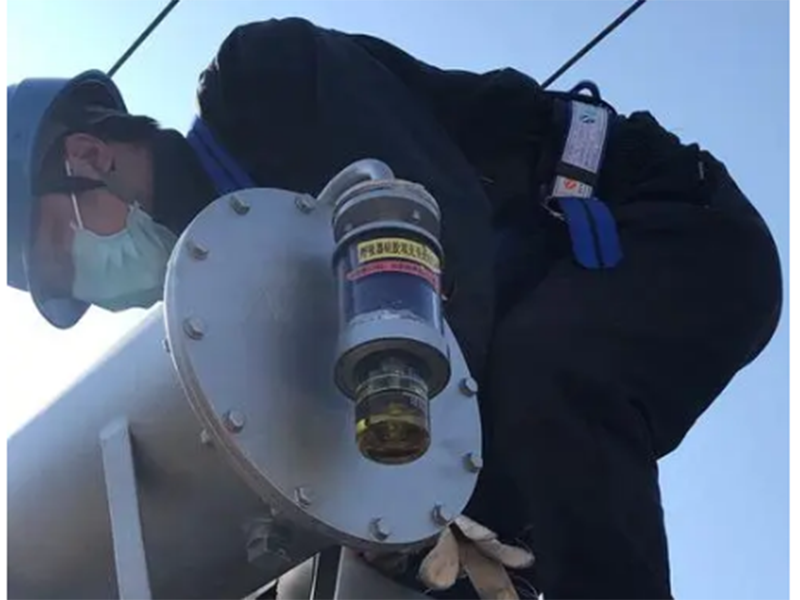There are many reasons for transformer oil leakage, and the manifestations are also different.
1. Follow the vine method – suitable for relatively obvious oil spills.
When checking the equipment, first observe whether there is any obvious new oil trace on the ground foundation of the transformer installation location. If there is, check it along the top of the oil trace, and pay attention to eliminate some false points of oil leakage in the middle. Find the real leak origin, such as casing CT posts, casing caps, welding trachoma, pipe roots, etc.
2. Observation and analysis method – search for leakage points between seepage and leakage.
Such leak points generally do not drip oil down or take a long time to drip down. Therefore, there is no new oil stain on the ground, but there is generally a piece of oil stains near the leakage point, and there are obvious oil stains or sludge, which are concentrated at the leakage point. Therefore, as long as the oil stains or sludge are wiped clean, and the paint and welding flux skin outside the leakage point are removed with a cutting saw blade or other tools, the leakage point can generally be detected quickly.
3. Root-seeking method – search for oil seepage points.
Oil seepage is generally slow, mostly small sand holes, cracks, cracks in pipe joints, etc., and there is generally a small piece of floating soil and a dense area of floating soil around the seepage point. For such seepage points, a truncation saw or other tools can generally be used to dig roots in the dense area of floating soil, and remove the paint and flux skin. It is generally considered that this is the seepage point, and with the aid of the imaging agent, the oil seepage position can be quickly found.
4. Chemical imaging method – for seepage points without dense areas of regolith.
Clean and dig the spot under the floating soil area that is prone to oil seepage, wipe the spot with acetone, and spray the developer after drying (the developer is liquid, which is foggy when sprayed, and can adhere and penetrate. The various complex surfaces of the spot, the surface where it is attached, including the pits, will turn white as soon as the wind blows). The imaging agent method is not affected by the environment and the location of the leakage point, has a long adhesion time and is easy to remove, and is a better way to find the leakage point.
For more information about transformer, you can check this article:Oil spill improvement measures
Post time: Jan-20-2022













